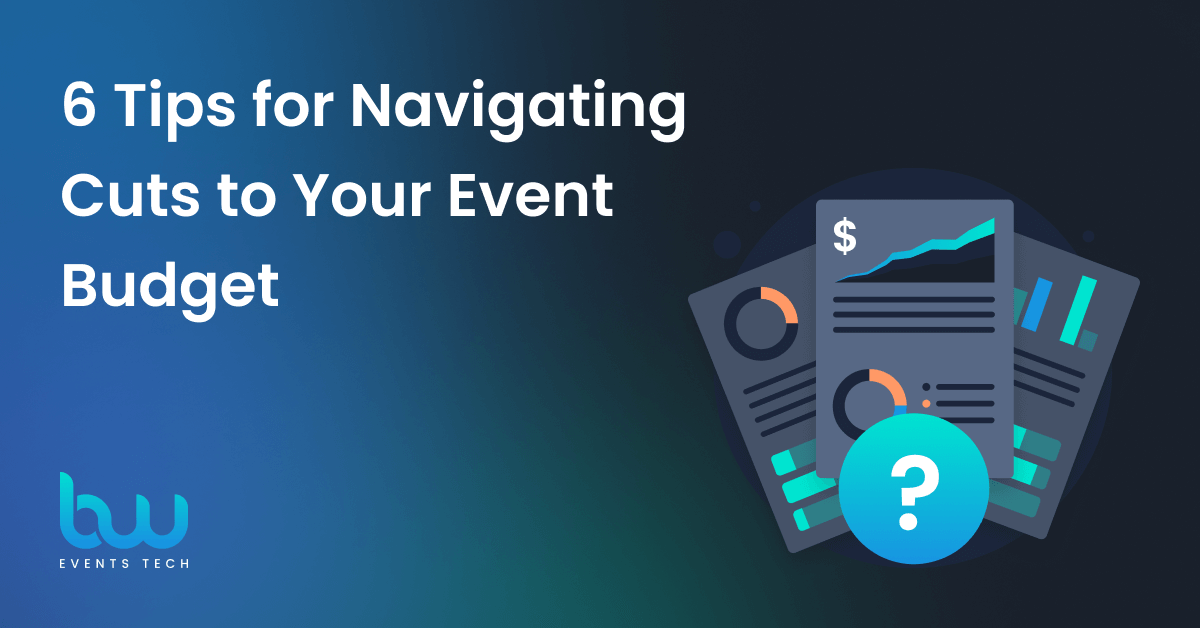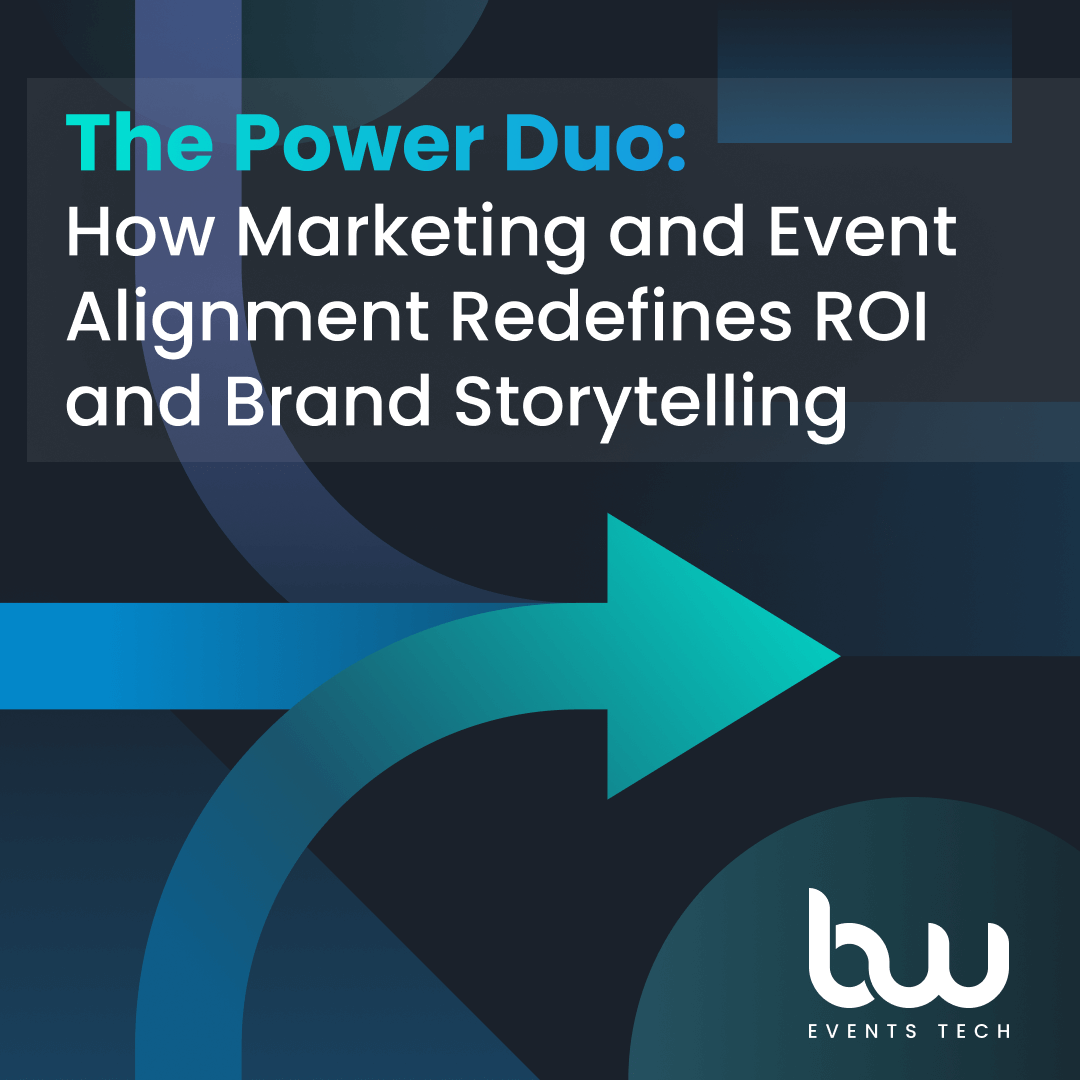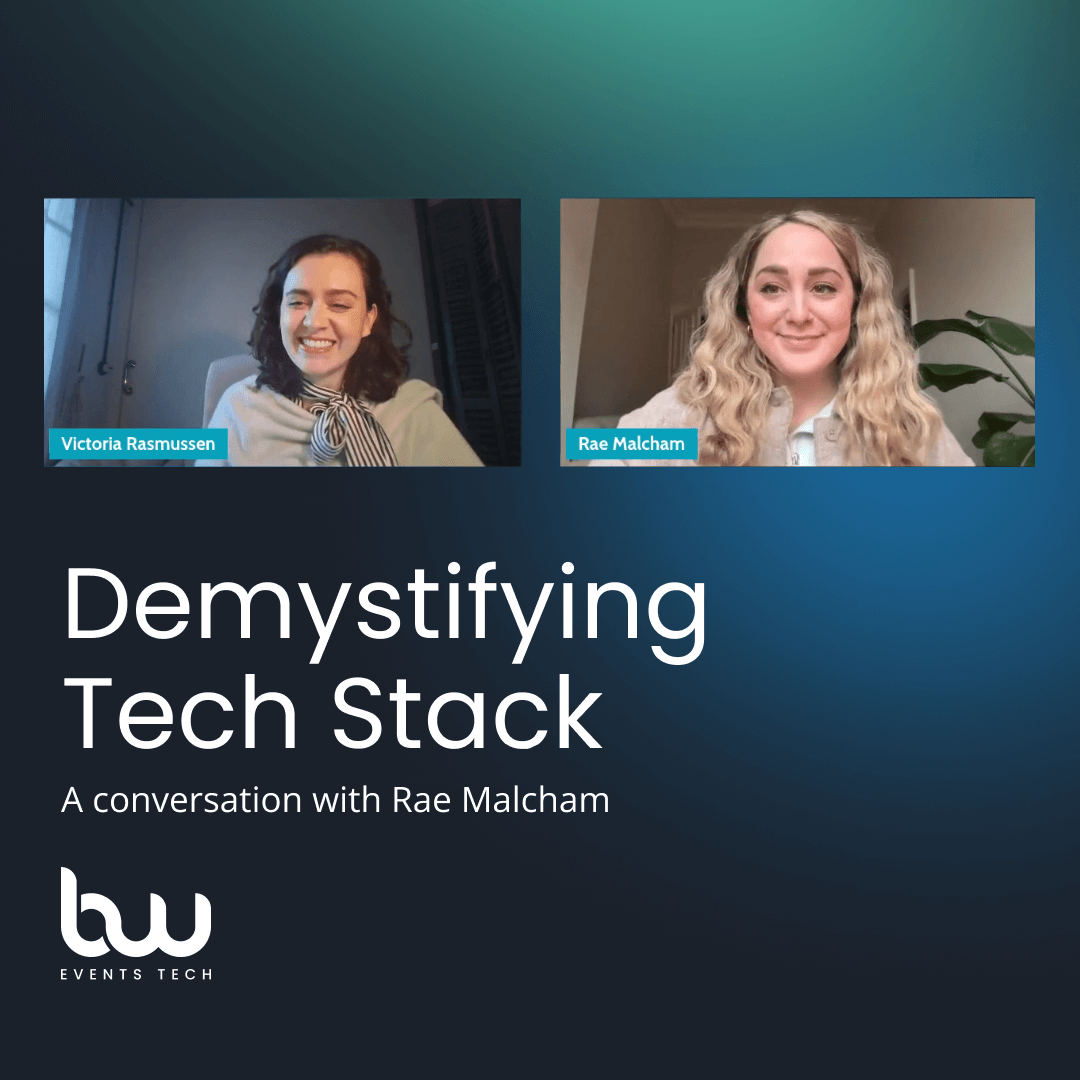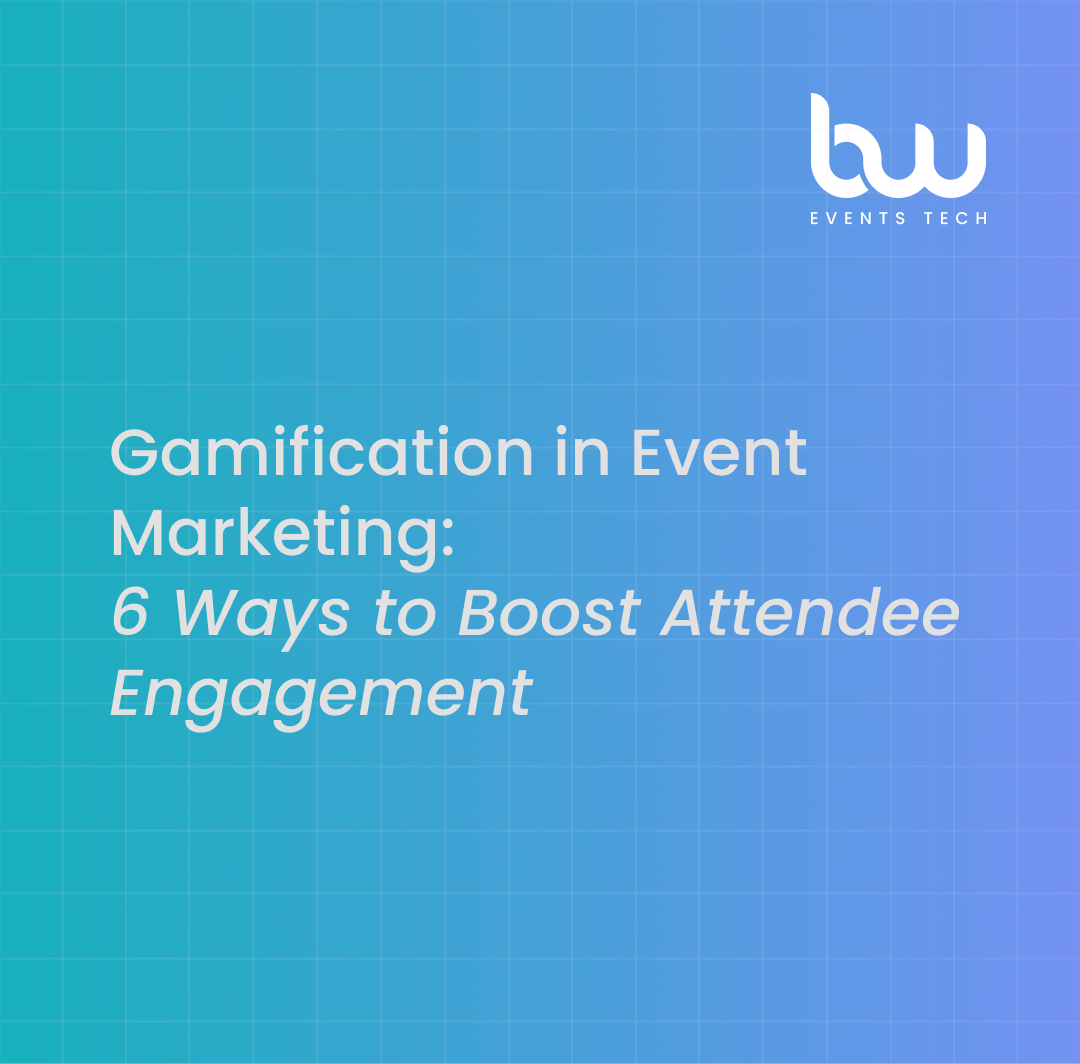We all love a good deal, but within the world of in-person events, there is a delicate balance between reducing spend and investing in the important things – attendees notice either way. Less spend can often be perceived as unmet expectations for attendees, but what are the other implications of event budget cuts on digital and hybrid events?
As the economy heads towards a possible recession, many marketing and event budgets are up in the air and event planners are concerned about their digital event budgets. Many are experiencing changing requirements and are being asked to do more with less time and less budget. Questions around how to maximize the experience inevitably arise– how do I do more with less?
When event budgets tighten, it can be tempting to cut out things that seem gratuitous and unnecessary. Prioritizing is a difficult task. Event technology budgets are carefully reviewed for any opportunity to cut costs; however, gutting technology because it seems like a quick way to save money rarely supports true event strategy. When technology is reduced without thought to strategy, we see events become a skeleton of their original vision. They lose the original reasons why an attendee would give their time to attend, but this doesn’t have to happen.
At BW Events Tech, we believe a tighter budget doesn’t have to mean a diminished experience. In fact, some of our clients have saved hundreds of thousands of dollars annually by making technology strategy changes that lead to tech stack and marketing alignment.
When looking at an event budget, BW Events Tech recommends the following 6 tips for navigating event budget cuts.
- Reassess Success Metrics
- Leverage a Content Hub
- Check Your Platform
- Reduce, Reuse, Recycle
- Consider Content Formats
- Devil’s in the Data
While most of these strategies won’t cut immediate spend, the focus on thoughtful technology strategy can help reduce spend in the overall annual strategy and pave the way for significant savings for years to come.

Reassess Success Metrics
Before simply “doing what we’ve always done”, we encourage planners to identify what their objectives are and what determines a successful event. A reduced budget means that some elements may need to be minimized in favor of others taking more time and focus. Sticking to key objectives helps to make these decisions more straightforward. These are some helpful areas to consider when determining your event success metrics.
Content– A content forward strategy prioritizes getting as much content as possible to the event attendees. This strategy may favor an evergreen content library that can be accessed at any time– even long after the event. These libraries can also resurrect existing and relevant content from previous events for a wider content offering.
Page views– If it’s a numbers game, and attendance is the goal, consider letting users access and interact on their own schedule. Ungating some content without requiring registration can also boost attendance numbers. If ungating pages is not possible, incentivizing attendees to visit as many pages as possible through gamification can be an excellent driver for interaction throughout the site.
Networking- A networking focused strategy is going to provide programming focused on attendee connection, both in-person and digitally. Reducing spend on production should allow for more budget in this area as the program should focus on providing as much connectivity as possible.
User retention-If using this event strategy, then planners should consider what services the event is providing beyond session content. Leverage technologies that keep people engaged and interacting with the platform throughout the event and far after. An evergreen ‘always on’ portal or content hub to access content and engage with the brand is a great investment and strategy (learn why below).
Leverage a Content Hub
If a planner is looking to save tens to hundreds of thousands of dollars, we wholeheartedly recommend leveraging a content hub. What is a content hub? It is an always-on event site that can be used as a chief point for event registrations, access to on-demand content from previous events, host one off live streams, and provide personalized recommendations. An additional benefit is an evergreen library of on demand content located in one central location– meaning attendees do not need to log into different events to access the latest digital content. This strategy works especially well for clients with multiple annual events.
By adopting a content hub, BW has had multiple enterprise clients who have been able to save money and standardize their tech stack. Not only has this seen a decrease in price per registrant and created better event-to-event reporting, but leveraging a content hub has helped create more clear and trainable processes, enabled the team to adopt a global QA/testing plan and reduced previous pain around on-boarding and vendor management within the platform. Furthermore, a content hub can be configured by a BW team but set up in a way where an internal team can manage- thereby further reducing external spend.


Check Your Platform
All event platforms have something unique to offer, but that does not mean all event platforms are going to be able to meet an event’s specific needs. Beyond licensing price, planners will want to consider their needs for customization, the complexity of registration requirements, volume of programming, onsite badging requirements, and the overall speaker and sponsor experience when trying to reduce spend.
It can be tempting to switch platforms after a lukewarm experience, but it is important to consider year over year switching costs. There may be value in bringing on experts who can help maximize the use of the current selected platform. If considering a switch, knowing what platform to use can be a daunting process. If feeling overwhelmed, our experienced event tech professionals can help planners understand what platform could best fit an event’s particular needs and budget requirements.
Reduce, Reuse, Recycle
Beyond being a good guideline for physical consumption, this mantra can help save money from year to year without sacrificing attendee experience. When looking to their next event, planners should consider what elements worked well. Instead of starting from scratch a site can be reinvigorated with aesthetic design changes, but the same overall structure kept. This can both promote brand consistency and save money and time on design.
If panners lack a previous year to copy from, leveraging one of BW’s event templates can help reduce spend and streamline the design process. Doing this can help reduce both stress on the part of the design team and reduces the need for more costly developer work.

Consider Content Formats
While content is key to a digital event platform, it can be difficult to know how to proceed in adding to an event site. Does the event need to live stream? Simulive? A content library? Or podcast format? While these are all excellent solutions the need to adopt one over another may depend on an event’s unique needs.
An important question to ask before streaming live or simulive is, why? Streaming live can be expensive, and planners need to ensure they are maximizing value in their event experience. Consider what value is added from having attendees view content together at once vs giving attendees the flexibility to watch on their own time. If streaming live or simulive, is the platform fostering an environment where attendees can interact with each other?

Going beyond streaming, if the goal is to provide content to as many people as possible, a content library is an excellent option. For additional return on investment, transform your content library into an evergreen content experience. This can extend an event site’s value long past the event dates.
Finally when using video-based content, planners should consider accessibility for their audiences. Elements such as captioning and translations are important, but can cost quite a bit on top of video editing fees. If there are concerns about budget in those areas, leveraging a podcast style format with transcripts can be a great way to ensure content accessibility while also cutting down on video production costs.
Devil’s in the Data
Frequently glossed over, strategy around event data collection and usage should be solidified before the platform build begins. How often does the sales team demand post event data that was never collected in registration? Or how often is data collected from an event, but never followed through with. Event and sales teams fail to leverage their treasure trove of data when they do not internally plan what should be collected and how event data builds back to sales.

To keep the momentum from dying, it is critical to maximize content and comunications opt-ins to move back into CRMs so that sales teams can better follow up with customers and prospective customers post event. Taking proper time to align event goals with sales and marketing teams while still in the initial scoping phase of an event can ensure an event is generating and collecting essential data.
Conclusion
Navigating event budget cuts is complex, but it does not have to be difficult. As reviewed above, investing in tech stack and connecting to marketing strategies will reduce digital event spend while simultaneously creating meaningful digital experiences.
We hope this has been a helpful guide as you are thinking about how to save for your digital and hybrid events. Any additional questions? Please reach out to [email protected] to schedule a free demo and advice about how BW Events Tech can help you plan and align your tech stack.







